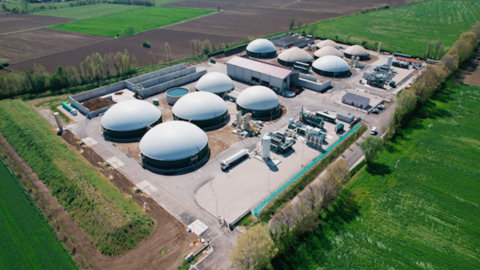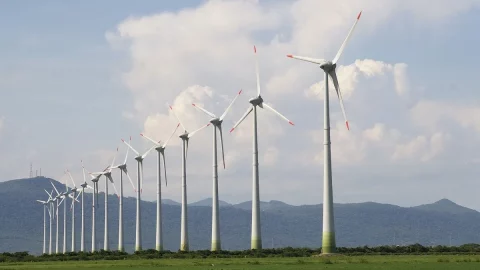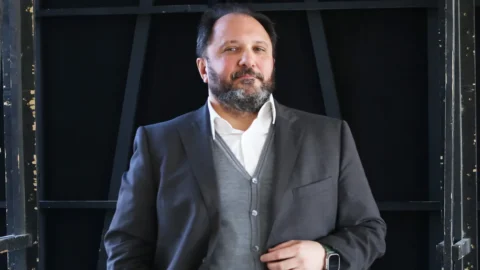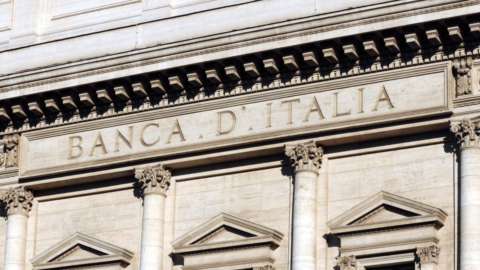Last weekend was inaugurated in Schiavon, a few kilometers from Vicenza, the largest biomethane plant in Europe. The Vicenza system, promoted by Biomethane initiatives (FemoGas Group), is managed by two companies, Motta Energy and EBSof which they are members 117 farms active mainly in the municipalities with the highest agricultural intensity of the Vicenza and upper Padua areas.
Vicenza biomethane plant: how it works
The production of biomethane will be guaranteed by a supply chain implemented completely by the local and proximity livestock sector. Farmers will feed the digesters of the production site daily with waste effluent from cattle and chicken farms. The mechanism of the plant, built by the AB Group of Brescia and by Ies Biogas (Snam Group), was explained by the site managers as a sort of highly technological "cow's stomach". Through the process of anaerobic digestion, the plant will produce first biogas and subsequently a part of this will be transformed, by means of a cogenerator, into electric energy. A part of the processing will instead return to the farms in the form of natural organic fertilizer: a perfect example of a “km 0” circular economy.
Vicenza biomethane plant: an example of circular economy
Annually the plant will be able to produce 7 thousand tons of biomethanesufficient to meet the annual requirement of 200 heavy vehicles traveling 100.000 kilometers each. The gaseous component of biomethane, i.e. carbon dioxide, will also be recovered and sold to the food sector (for example to companies that produce carbonated drinks). In addition to biomethane, the plant will produce the digestate, a compost used to fertilize fields, and in its solid fraction also used for precision fertilization in viticulture, floriculture and horticulture.
He also attended the inauguration ceremony of the Vicenza plant Legambiente which, with its national president Stefano Ciafani, underlined the importance of a common vision between environmentalists and farmers in the energy field, reiterating that "projects like this one by Schiavon need to be replicated throughout Italy". According to Ettore Prandini of Coldiretti, also present at the ribbon cutting, "we are facing a flagship of Italy, a demonstration that agriculture is increasingly becoming an engine of growth in the national economy". While for Piero Gattoni, president of CIB-Italian Biogas Consortium, if in the post-war period Eni made Italy great with fossil fuels, "today it is possible to produce a part of the energy that the country needs directly from the collaboration between agriculture and industry".





